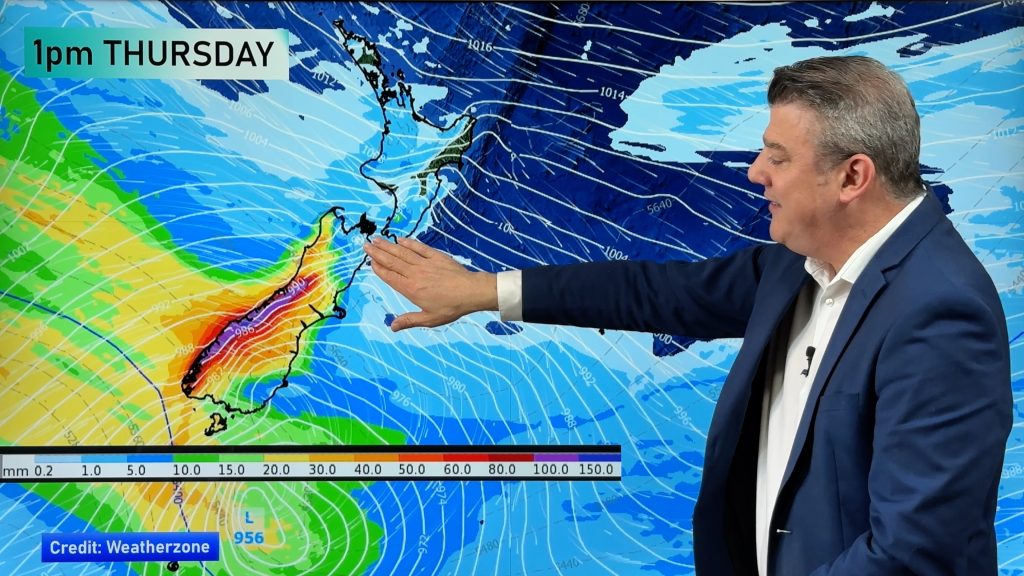
> From the WeatherWatch archives
Australia is facing the prospect of more bushfires this season, as the weather bureau puts us on El Nino alert.
The Bureau of Meteorology announced there was at least a 70 per cent chance of El Nino occurring.
The Bureau said the Pacific Ocean has shown “some renewed signs of El Nino development in recent weeks”, prompting them to upgrade their ENSO Tracker Status from watch to alert.
Climatologist Professor Roger Stone from the University of Southern Queensland and the UN World Meteorological Organisation, said the impact of a possible El Nino depends very much on where you are in Australia.
“The southern states, especially Victoria, Tasmania, southern New South Wales and… south-west Western Australia tend to have an increased bushfire risk,” he said.
“These tend to be our worst bushfire summers, and that extends just about everywhere away from the tropics. If you’re in the tropics or northern Australia, the characteristic impact is a delay to the onset of the wet season.”
While El Nino isn’t the only system that affects our climate – there are about 12 other climate systems that also play a part â?? Professor Stone said it is probably the most important.
And with El Nino developing over the last six months or so, it’s already had an impact on a lot of Australia, he said.
“We’ve already dried out over most of eastern Australia.”
The Bushfire and Natural Hazards Cooperative Research Centre has updated their Southern Australia Seasonal Bushfire Outlook for 2014-15, for many parts of eastern Australia.
However, the relationship between El Nino and drought isn’t necessarily always so straightforward.
“It depends on where you are again,” said Professor Stone. “There are some parts of Queensland, central inland Queensland, that have had very little rain for the last two years before we’ve gone into the El Nino developmental stage due to other factors.”
“So for those folk there’s some obviously very severe and serious issues ahead, particularly if this El Nino lasts longer than normal, which it may do.
“Other areas that have had reasonable winter rain and have some stored subsoil moisture in agriculture may not fare too badly.
“I would suggest central Queensland and parts of western New South Wales, because of other factors up till now, are looking quite severe for some time.”
Professor Stone’s advice to the general public is to be prepared for the hot, dry conditions and the bushfire season.
“These can be some of our worst bushfire periods so I imagine the state emergency services and the bushfire management people would be aware of that already, but I think for the general public to be prepared and forewarned is forearmed as they say,” he said.
“On a brighter note perhaps, these types of summers tend to reduce the total number of tropical cyclones, except up in the north west of Western Australia.”
“But I think the story for summer is going to be preparing for a very hot summer which might be good for tourists, but otherwise for the rest of us it’s that increased bushfire and grass fire risk, and increased temperatures on top of that which will exacerbate the problem.”
– Weatherzone/ABC
Comments
Before you add a new comment, take note this story was published on 22 Nov 2014.





Add new comment